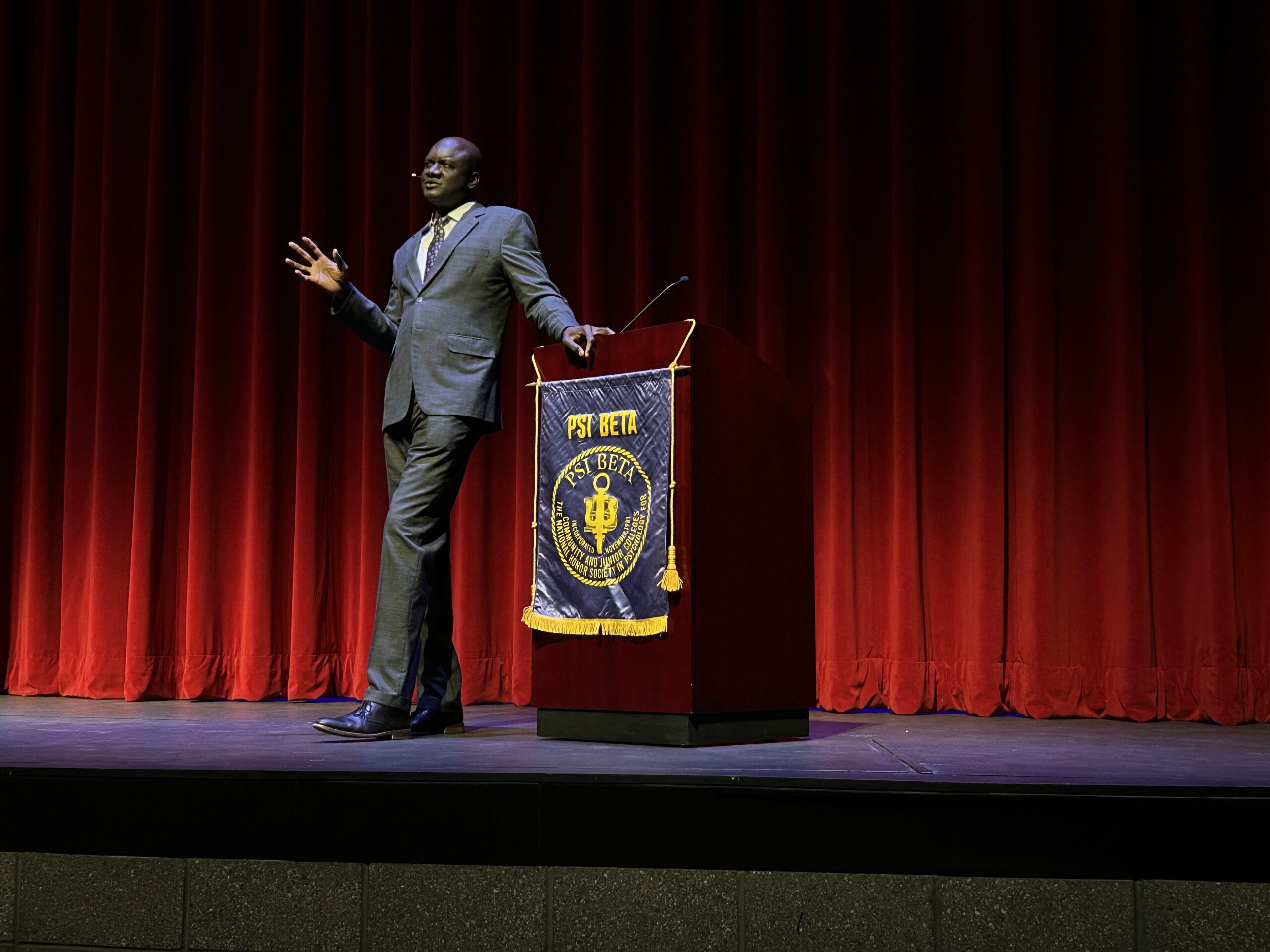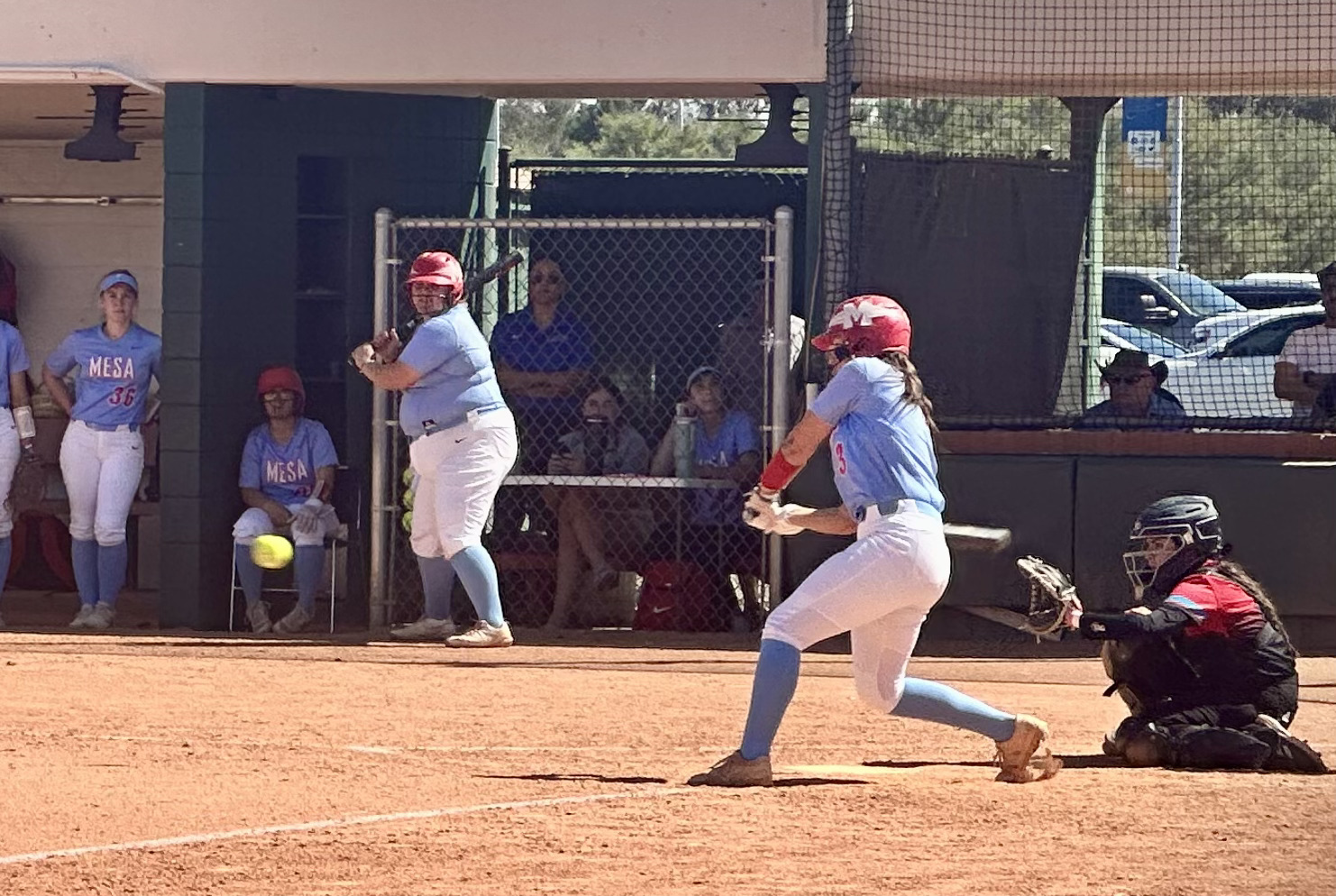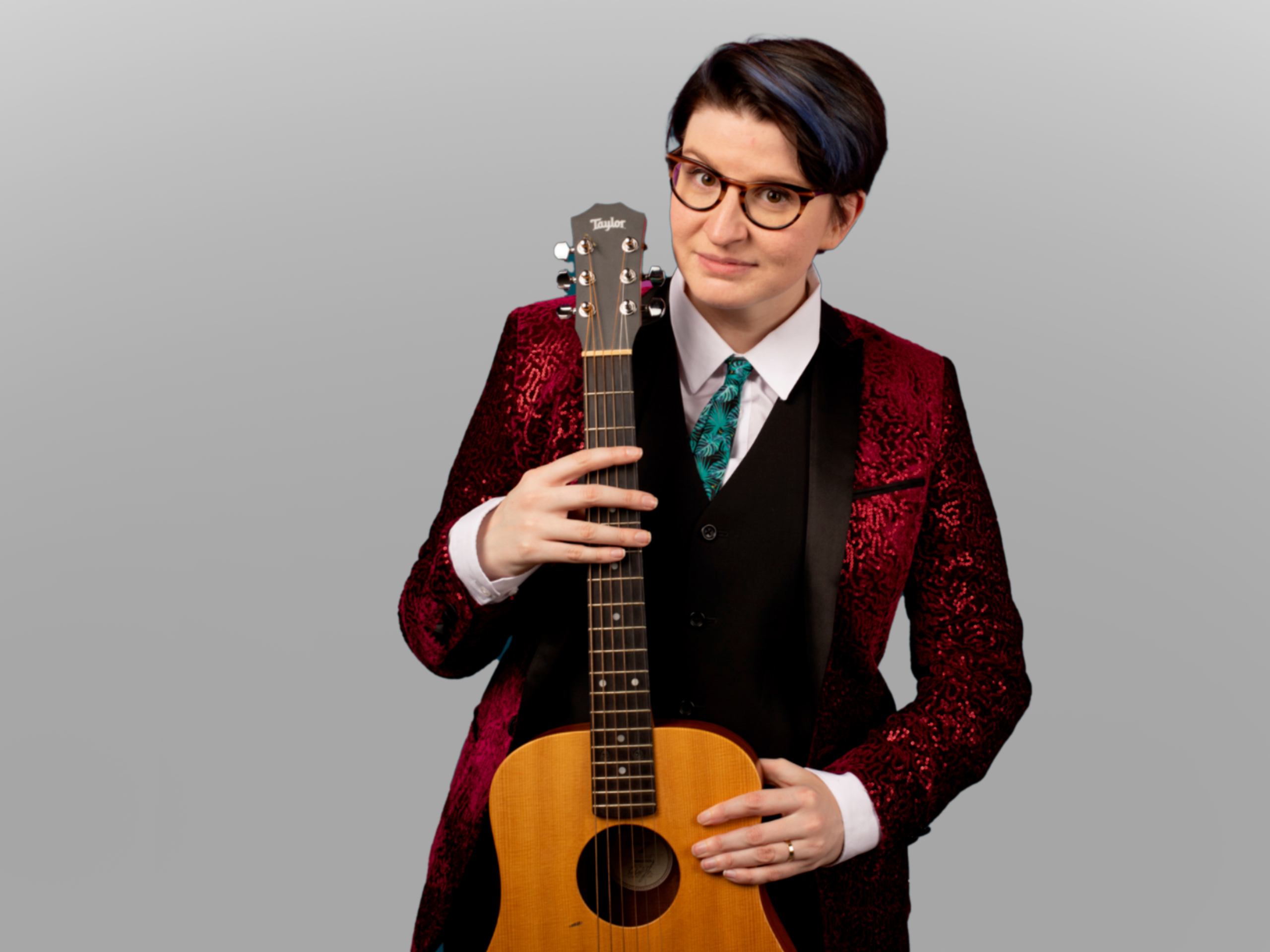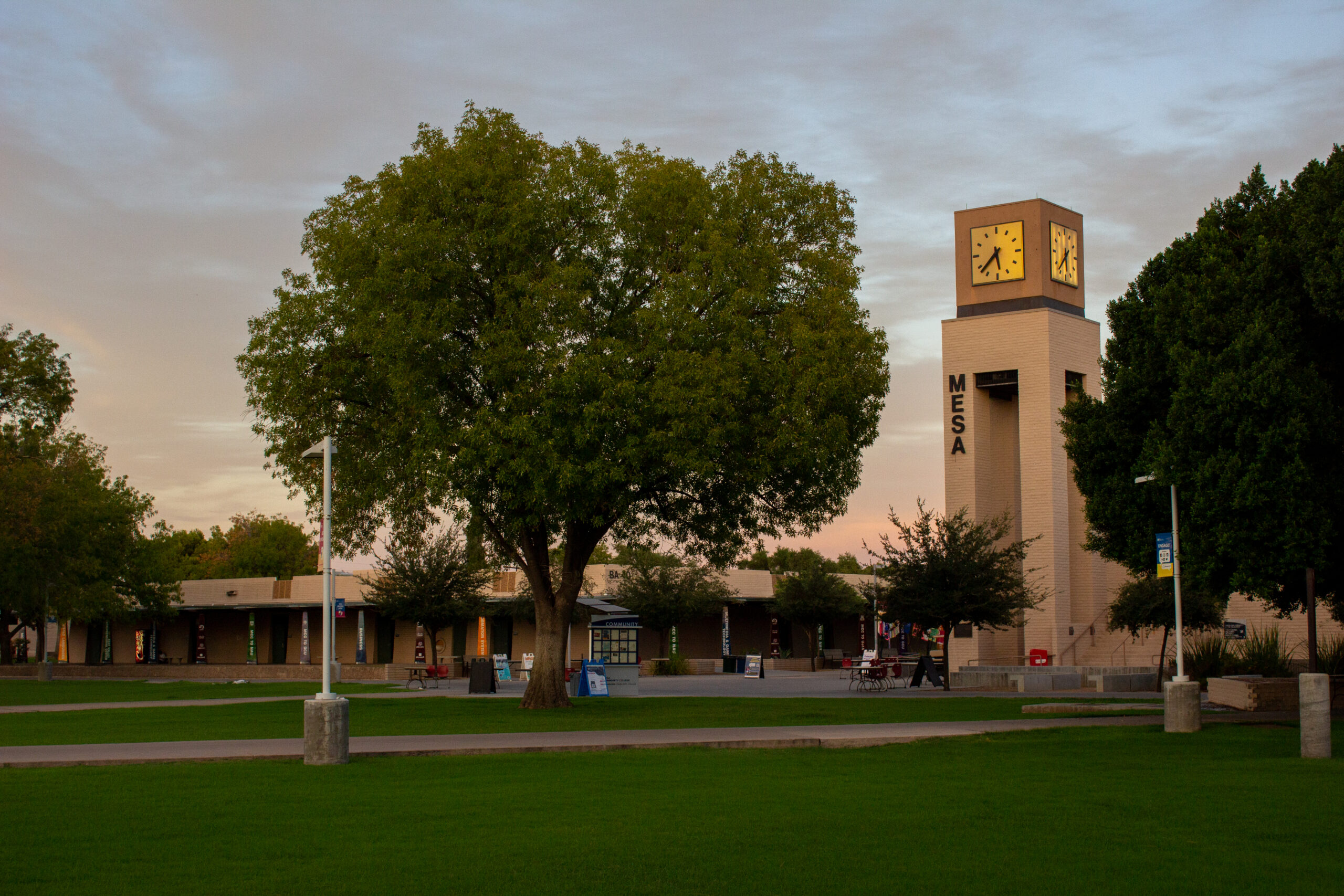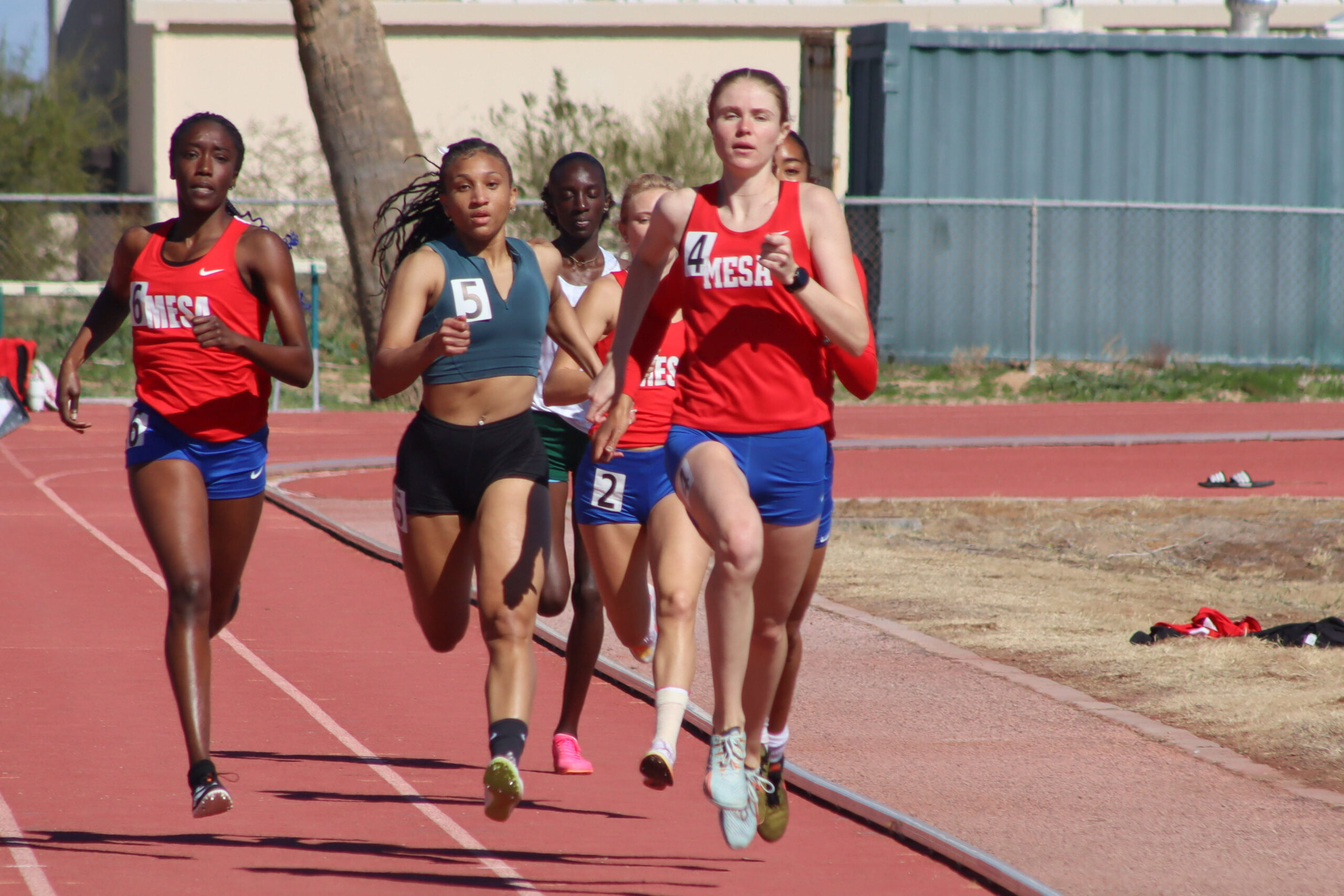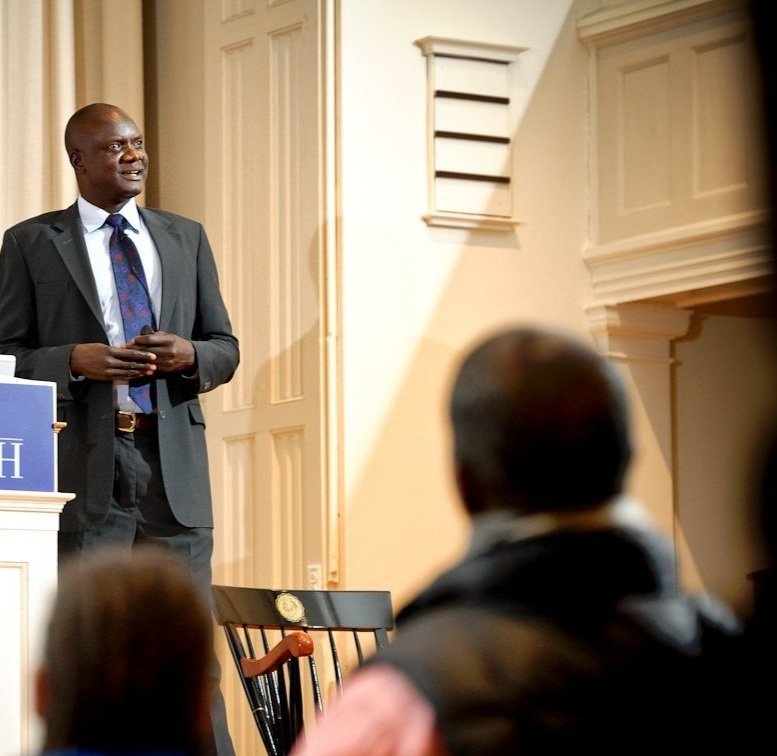Interracial Dating
Leslie Philp
From the famous jazz couple Pearl Bailey and Louie Bellson of 1952, to the forbidden marriage between Sammy Davis Jr. and May Britt of 1960, both of these couples have one commonality: interracial marriage.
Interracial dating and marriages have increased greatly in the last century due to multiculturalism and the interaction with more foreigners. In the 1970s, 6 percent of American marriages were interracial and highly scrutinized. In June of 2005, a Gallup’s poll was taken, and 95 percent of 18- to 29-year-old Americans approved of relations between blacks and whites, proving that interracial dating has become more acceptable among the public.
“Not a semester goes by that a student will share – it’s always been a white, female – that her family until this day does not want her to date a black person,” Paul Harasha, residential faculty for the sociology department, said on students enrolled in his race and ethnicity class.
Harasha has also seen an increase in the number of students sharing that they date outside of their race. Harasha said although there has been an increase in interracial dating, there are many people that are resistant to change.
“The data shows that even though young people are dating more across racial lines, even taking it further and cohabitating and living together, the interracial marriages have not risen a whole lot recently. Marriages are somewhat stagnant in the last 5-10 years,” he said.
Harasha feels that this generation will define the new contemporary family by crossing racial lines and challenging old traditions.
“Ignorance, I think, mostly is what causes (dislike toward interracial relationships) because, I mean, they’re just people. Everybody’s the same, we shouldn’t have barriers at all,” Bryan Moot, journalism major, said of most people who discriminate toward interracial relationships.
Moot of German descent has been in a relationship with Reem Desou, born in Egypt, for seven and a half months. He was a little nervous when they first began dating.
Desou said restrictions on freedom were more of why races cannot mix.
“Sometimes it’s because of the culture (in different countries). Some people are not raised that way, they don’t have the same amount of freedom that Americans have,” she said.
The couple met at Mesa Community College; however Desou, engineering major, has taken a semester off and will re-enroll in the spring semester. As much as their relationship has been accepted, there are some who still do have an issue with it.
“Her dad is Muslim so … he wants a Muslim boy and to go through the cultures and everything, and I’m not a Muslim boy so he’s not cool with it,” Moot said.
According to Desou, only a few of her family members have a problem with their relationship.
“We’re from Egypt, and it’s not really allowed for girls to have boyfriends (because of) traditions and culture,” she said.
Forty years ago, interracial dating was known to be taboo. However, on June 27, 1967, the U.S. Supreme Court discarded a Virginia statute stating that whites could not marry non-whites. Similar cases also appeared in 15 other states, and since the landmark civil rights case Loving v. Virginia ruling, black-white marriages have increased from 65,000 to 422,000 during 1970-2005 period.
When it comes to religion, both Moot and Desou do not let that get in the middle of their relationship.
“She knows I’m an Atheist, and she was raised Muslim but has since gone more to an Agnostic view point, but she still has a lot of her Muslim faith in her. We never really let religion get in the middle of anything,” Moot said.
“I think some people our age are against (interracial) relationships because of their parents,” Jaimie Pridgett, pre-med major at ASU, said on the topic of interracial relationships. “Sometimes parents have a different idea of who they want their child to be with.”
Pridgett of African American descent has been dating Brandon Spart, Caucasian, on-and-off for three years. Both Spart and Pridgett saw no issue with beginning a relationship because of their race difference.
“I wouldn’t say (our families) wouldn’t agree, but my parents don’t really care. They don’t really care who I end up dating or falling in love with. Before I started dating, my dad always said he would prefer someone of (African American) race,” Pridgett said.
When it comes to religion, Pridgett practices a Catholic belief while Spart was raised in the Jewish faith. Both Pridgett and Spart do not let their different backgrounds interfere with their relationship.
“It’s not like the flood gates are open and it’s all good and everybody’s open to (interracial dating),” Harasha added on changes in the dating world. “I think more young people … are more open to it and tolerant, and if it’s a good person, they’re going to date them. People interact with a wide variety of people so I think that’s given more opportunities to interracially date.”
With the constant flow of immigrants from all over the world and exposure to different cultures, interracial marriages and multiracial children are helping to shape a 21st century America less defined by race.
